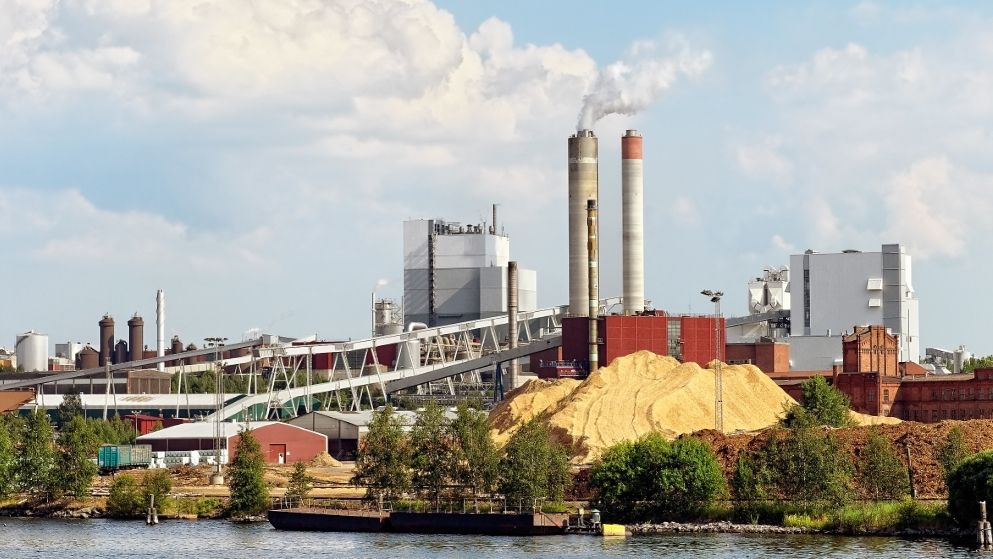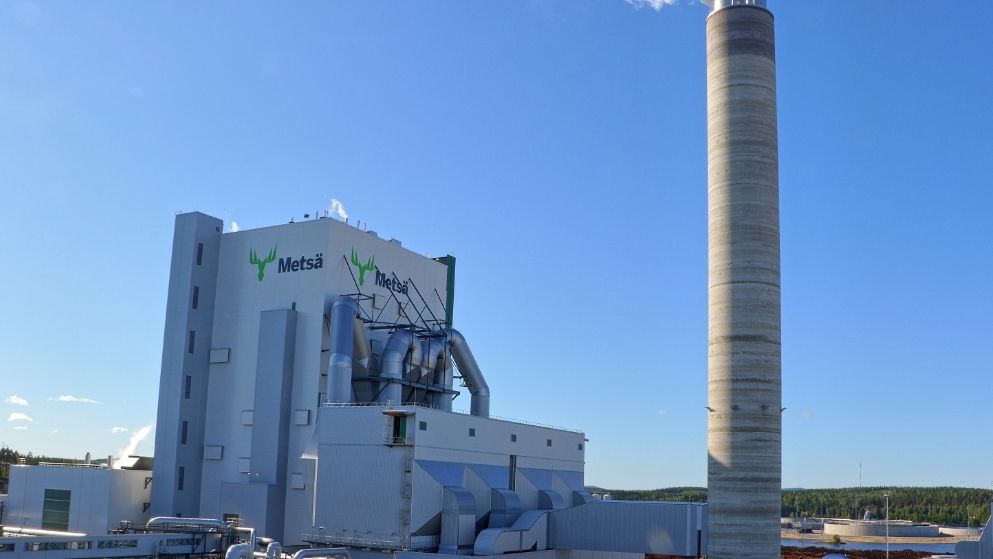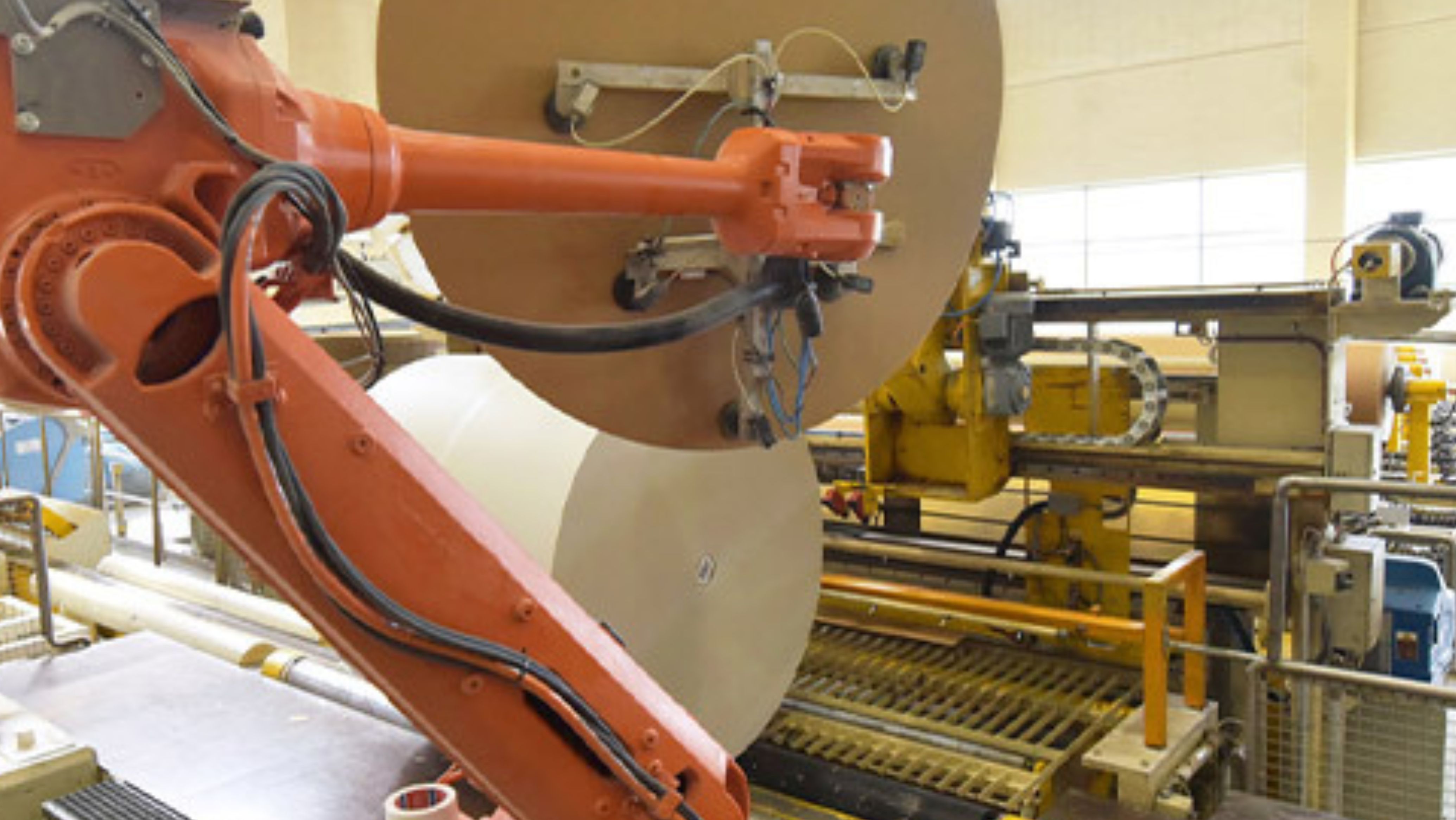Pulp and paper manufacturing remains one of the most energy-intensive industries, ranking as the second most energy-intensive sector within manufacturing, according to the Technical Association of the Pulp and Paper Industry. Energy costs can account for 10 to 40 percent of total manufacturing expenses, making energy efficiency a crucial aspect of the profitability of mill operations. Despite these challenges, pulp and paper operations have significantly reduced overall energy consumption through advancements in technology, efficiency improvements, and the optimization of water usage.
Harness pulp processing Waste with Bioreactors
Innovative approaches like incorporating bioreactors can offer an opportunity to generate energy from organic-rich waste streams. By processing waste through an anaerobic digester, mills can produce methane, which can fuel a boiler. This reduces the biological oxygen demand in wastewater, easing the treatment process while transforming waste into a valuable energy resource. In fact, S&B has successfully implemented bioreactor projects that convert waste streams into viable fuel sources. This solution exemplifies how mills can enhance energy efficiency and improve environmental sustainability within the pulp and paper industry.
Explore Membrane Technologies to reduce waste
Emerging membrane technologies, such as reverse osmosis (RO), show potential to further optimize energy consumption. Research into using RO systems to concentrate black liquor—the waste byproduct of the pulping process, which contains the original cooking chemicals and dissolved wood substances—suggests that this approach could reduce the steam required for evaporation, therefore lowering energy use further. While full-scale adoption remains on the horizon, these technologies promise to play a key role in boosting energy efficiency for pulp and paper processing in the future.
Optimize Steam Systems for Efficiency
Steam systems can offer one of the most effective ways to enhance energy efficiency in paper mills. Conducting thorough audits and assessments of steam systems allows mills to identify areas where they can reduce steam usage, which can translate into substantial energy savings.
Technologies such as thermal compressors provide an effective solution through improved use of low-pressure steam. Thermal compressors capture vented low-pressure steam and recompress it to a higher pressure, increasing overall efficiency and reducing the need for high-pressure steam throughout the mill. This approach can help maximize the use of existing resources and cut energy consumption in pulp and paper operations.
pulp mills should Target Water Usage
Many mills rely heavily on steam, each using 10 to 50 million gallons of water daily, much of which they recycle. Because of this, pulp mills must also focus on optimizing water usage to enhance efficiency. State mandates often require mills to lower water consumption by 10 to 15 percent. A water audit can help a mill pinpoint areas where water can be recycled or reused, allowing the mill to meet regulatory requirements and minimize its overall water footprint. These reductions can improve operational efficiency and contribute to the mill's sustainability goals within the pulp and paper industry.
Comprehensive Approach to Efficient pulp processing
Pulp and paper producers can save energy by optimizing steam systems, conducting water usage audits, managing waste streams, and adopting new technologies. S&B’s engineering, procurement and construction experts have extensive experience in the pulp and paper industry. This includes collaborating with mills to identify and implement the most effective measures to enhance operational and environmental performance.
Proactive efficiency strategies enable pulp mills to help reduce energy and water use, cut costs and promote long-term sustainability. Learn more about S&B’s pulp and paper experience here.





